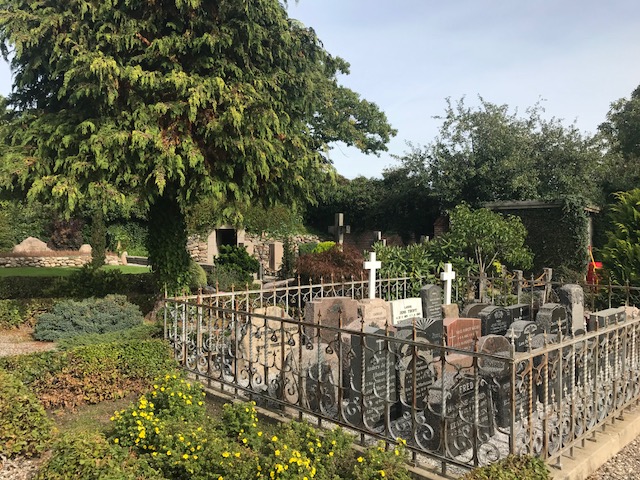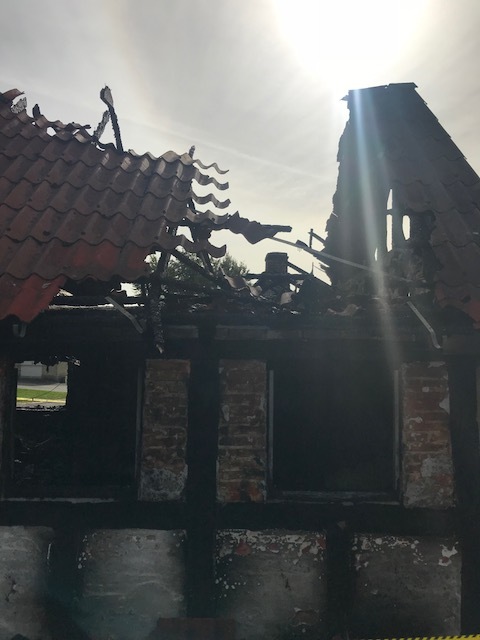What’s on your docket today?
We were sitting outside finishing breakfast the other day when my husband asked me that question.
Docket commonly refers to the calendar or schedule for pending cases in a court of law. Since I’m neither a judge nor an attorney, what he was really asking me was, “What is on your agenda for the day?”
Something about the question didn’t sit right with me.
We often tell each other the anticipated goings on of our days, share our to-do lists, and look at our calendars together. I’m good with that. There is an administrative element to sharing life with someone that helps things run more smoothly, and keeps life on track.
Knowing him as I do, his question wasn’t a way to dodge a deeper dive into matters of the heart. He’s more than willing to swim in the emotional waters that are part of any relationship. However, lately it felt like the question most often asked. It was transactional, not relational, an exchange of information rather than an expression of connection.
We talked about it the next day. His question was a wakeup call. A reminder of how easily we can slide into a pattern of simply making it through our days and checking things off of our lists. Whatever else might be on our docket, checking in on how we are doing on any given day matters a whole lot more than what we are going to get done.
Photo by Karolina Grabowska from Pexels






